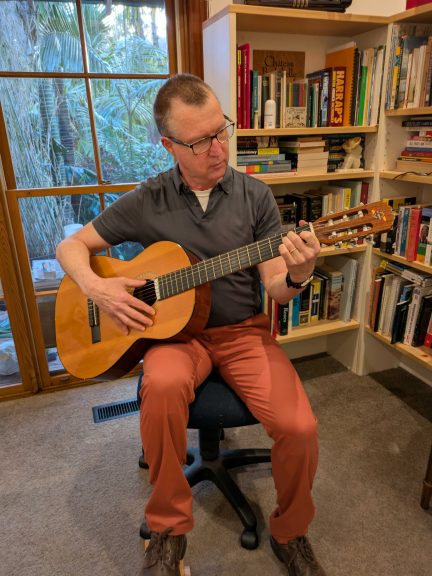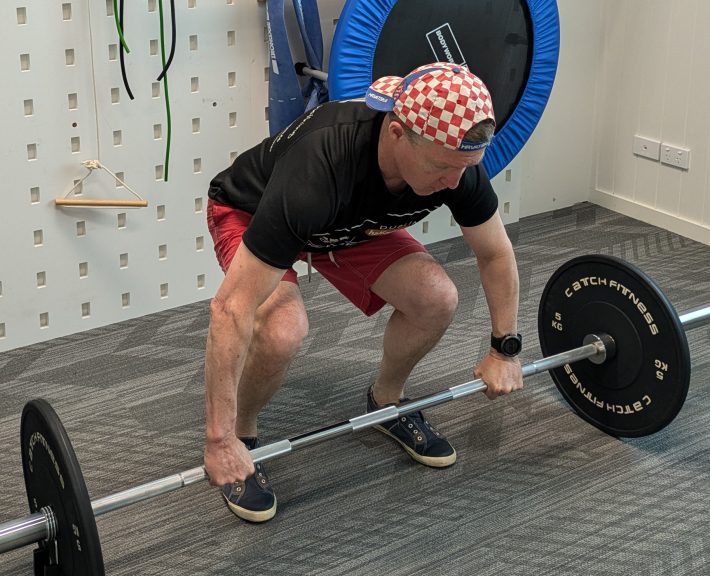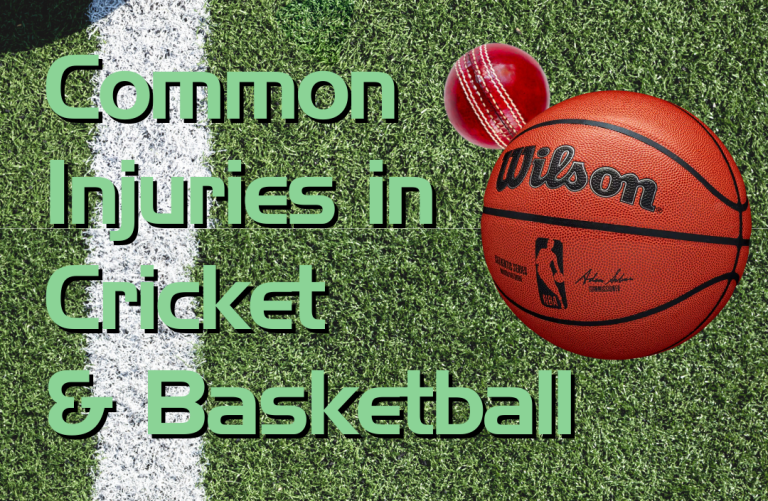
The human body has an amazing capacity for healing itself. In today’s emphasis on natural medicine, there are several schools of thought promoting self-healing on all levels, whether it be a simple bruise or cut or a deeper psychological or physical trauma. In physiotherapy, we assist the body to self heal without the use of drugs. This is necessary because after the cut has healed or pain and swelling have disappeared, you may find that your mobility, flexibility, strength and/or function is impaired.
If you were to sustain a fracture, the wound would heal by itself but following healing you would have a weak, useless limb. Or worse yet, you could end up with a deformity or contracture.
Why self-healing is not enough
- Normal blood flow is dependent on muscle activity, which means more than just wiggling the toes or fingers. The limb should be moved either passively (by a physiotherapist ) or actively (by you) through the maximum available range-of-motion. Scar tissue formation that takes place during healing causes restriction of movement and loss of flexibility in joints.
- Pain from the trauma leads to overprotection of the affected part which can lead to deformity, persistent pain or contractures. Therefore, the sooner a physiotherapy management programme, incorporating stretching and exercises has begun, the sooner active movement can be restored.
- Without physiotherapy, strength and coordination do not automatically recover with injured tissue healing. This can be due to adaptive changes in the brain’s motor and sensory centres. Brain training exercises can be part of that process of recovery.
Where there is muscle, tendon, ligament or nerve involvement, your best bet would be to see a physiotherapist. Contact your Specialist Musculoskeletal Physiotherapist in Cheltenham, Bayside on 03 9533 5305 and get normal movement back sooner rather than later.













